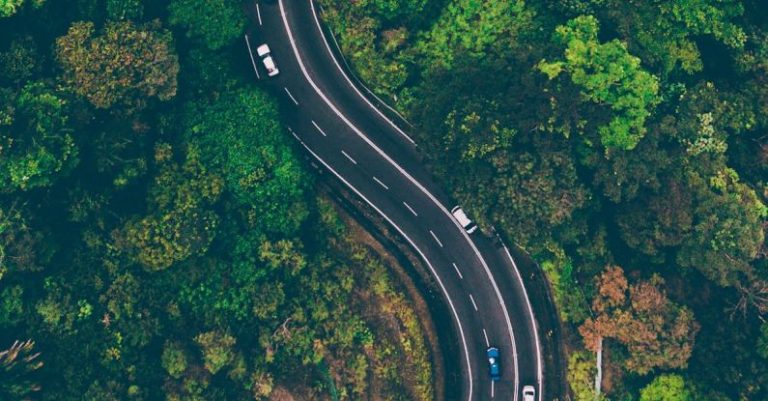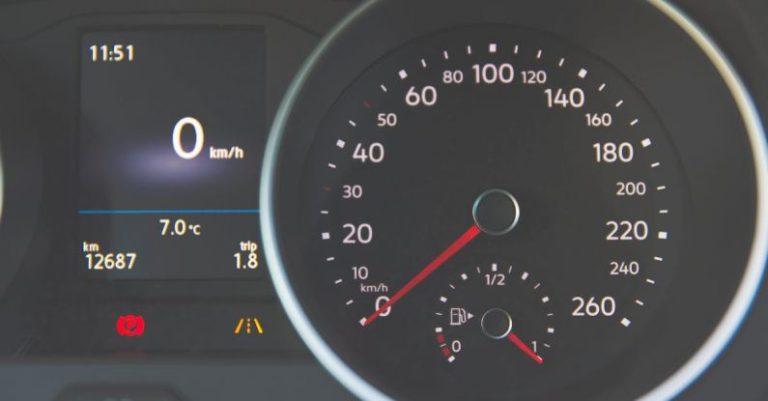Understanding Your Car’s Dashboard Symbols
When you hop into your car and start your engine, you are greeted by a cluster of symbols and lights on your dashboard. While some are self-explanatory, others might leave you scratching your head. These dashboard symbols are your car’s way of communicating with you, alerting you to potential issues, or providing important information. Understanding what each symbol means can help you stay on top of your vehicle’s health and prevent potential breakdowns. Let’s delve into some common dashboard symbols and what they indicate.
Check Engine Light
The dreaded check engine light is one of the most common dashboard symbols that drivers encounter. When this light illuminates, it indicates that there is a problem with your vehicle’s engine, emissions system, or other crucial components. While the issue could be minor, such as a loose gas cap, it could also signal a more serious problem that requires immediate attention from a mechanic. Ignoring the check engine light could lead to costly repairs down the road, so it’s essential to address the issue promptly.
Oil Pressure Warning Light
The oil pressure warning light looks like an old-fashioned oil can and signifies that your engine is not receiving proper lubrication. Low oil pressure can lead to engine damage and should be taken seriously. If this light comes on, pull over to a safe location and check your oil level. If it’s low, top it up immediately. If the light remains on after adding oil, it’s best to have your vehicle inspected by a professional to determine the underlying cause.
Battery Light
The battery light on your dashboard looks like a simple rectangle with a positive and negative sign inside. When this light illuminates, it indicates that there is a problem with your vehicle’s charging system. This could be due to a faulty battery, alternator issues, or loose connections. Driving with a malfunctioning charging system can result in your car stalling or failing to start altogether. If the battery light comes on, it’s best to have your vehicle checked by a mechanic as soon as possible.
Tire Pressure Monitoring System (TPMS) Light
The TPMS light resembles an exclamation point inside a horseshoe and alerts you to low tire pressure. Proper tire pressure is crucial for safe driving and optimal fuel efficiency. If the TPMS light comes on, check your tire pressure and inflate them to the manufacturer’s recommended levels. Driving on underinflated tires can lead to reduced traction, uneven tire wear, and even tire blowouts. Ignoring the TPMS light can compromise your safety on the road, so be sure to address it promptly.
Brake System Warning Light
The brake system warning light is often depicted as an exclamation point inside a circle, surrounded by parentheses. When this light comes on, it indicates issues with your vehicle’s braking system. This could be due to low brake fluid, worn brake pads, or a more serious problem with the braking system. Driving with faulty brakes can put you and other road users at risk, so it’s crucial to have your brakes inspected immediately if the brake system warning light illuminates.
Coolant Temperature Warning Light
The coolant temperature warning light looks like a thermometer submerged in liquid and indicates that your engine is overheating. Overheating can lead to engine damage and should be addressed promptly. If this light comes on, pull over to a safe location, turn off your engine, and allow it to cool down. Check your coolant level and top it up if necessary. If the coolant temperature warning light persists, have your vehicle inspected by a mechanic to prevent potential engine damage.
Understanding Your Car’s Dashboard Symbols
Your car’s dashboard is like a communication hub, providing you with vital information about your vehicle’s health and performance. By understanding the various dashboard symbols and what they indicate, you can take proactive measures to keep your car running smoothly and avoid potential breakdowns. Remember that these symbols are your car’s way of speaking to you, so it’s essential to listen and address any issues promptly. If you encounter a dashboard symbol that you’re unsure about, consult your vehicle’s owner’s manual or seek advice from a qualified mechanic. Stay informed, stay safe, and happy driving!






